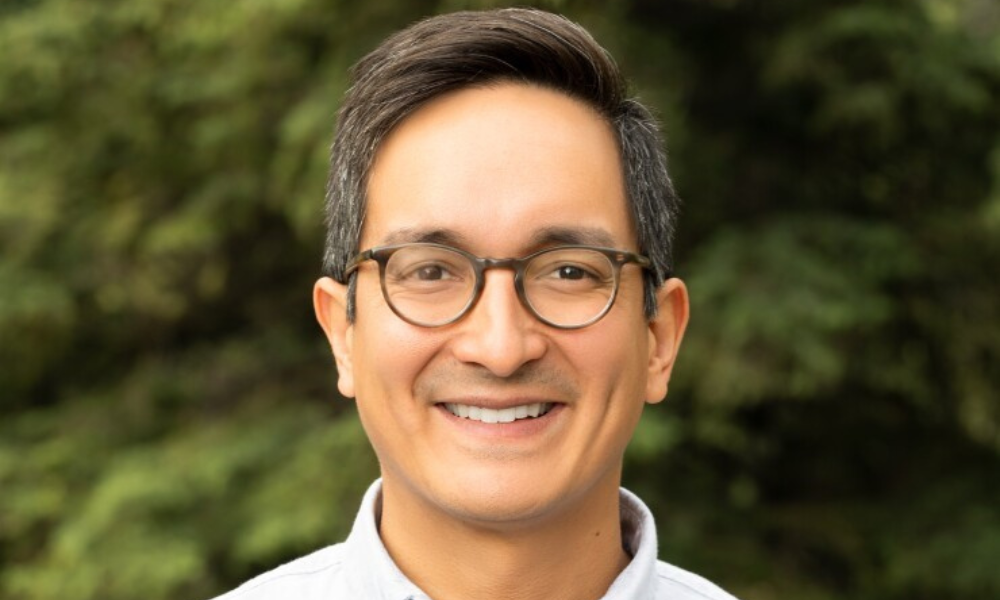Lenders would be wise to cater to this huge market, pundit says

A new survey of Hispanic Americans reveals the challenges the minority segment experiences in achieving the American Dream of homeownership – along with shedding light into their growing importance as a consumer segment along the way.
The survey of first-time homebuyers by the digital mortgage platform Maxwell shows 64% had to earn or save extra income for a deposit. In an effort to increase their purchasing power, 43% took on an extra job, 31% worked additional hours, and 11% moved in with family. Regardless of additional income, 45% of respondents still think their debt-to-income (DTI) ratio is the most significant barrier to securing a mortgage, second only to credit score challenges (35%).
“Hispanic homebuyers will be the largest segment of homebuyers within the next 10 years, and they’re a real force in our economy today and that’s going to continue to grow because a lot of them are great savers,” John Paasonen (pictured), co-founder and CEO of Maxwell, said during an telephone interview with Mortgage Professional America. “They’re not the folks living paycheck to paycheck; they’re saving their money. Almost half of them took an extra job because they’re here to pursue a dream and establish their families for the future. This is a population that’s building wealth in this country that’s going to be deployed. So, every lender needs to prepare their business to serve this consumer segment.”
Despite the continued housing and mortgage market volatility, many Hispanic Americans continue to actively seek homeownership, with the pressure to build generational wealth the driving force for 81% of respondents, according to the survey. Homeownership remains the largest driver of generational wealth in America, and Hispanic American homebuyers are set to represent an estimated 56% of all new homeowners by 2030, the findings showed.
Read more: Lender expands outreach to Hispanic homebuyers
Results of the Maxwell survey show more than a quarter (26.5%) are seeking long-term housing stability, while the same amount see an opportunity to earn passive income through Airbnb hosting or renting.
Eagerness to start a family or to provide a home for additional family, such as parents or grandparents, has 57% of Hispanic American first-time buyers looking to purchase a single or multi-generational home. However, low housing supply in a cash-driven market means inflationary prices continue to make it harder for first-time buyers to get a foot in the door.
Housing affordability, coupled with macroeconomic headwinds, also remain key blockers. The report found that rising interest rates have driven almost half (48%) to rush a home sale to avoid even higher rates, while a quarter have already had to back out of a pending property transaction, and 16% have decided to delay buying a house altogether and continue renting for now.
On top of these market challenges, many Hispanic Americans contend with barriers related to limited English proficiency (LEP). Nearly a quarter (23%) said language acted as an impediment in the mortgage process, with over half (51%) of that segment needing to hire a professional translator at an additional cost and 38% unable to find Spanish-speaking lenders in their region. Despite 76% of respondents saying their current lender has shown cultural empathy, 31% still considered abandoning the mortgage process.
Read next: Bank of America expands minority lending opportunities
“Hispanics will soon be one of the largest segments of homebuyers in our country. Mortgage providers can do more to support Hispanic first-time buyers on their journey to homeownership. A whopping 96% plan to choose a national or local lender in lieu of an online-based option, but only 13% will base that decision on their current banking provider.” Paasonen said. “Faced with low volume and increased competition for borrowers, mortgage lenders who offer a more inclusive mortgage experience and wider range of loans that meet the financial realities of today’s borrowers will be able to grow their market share and empower a new generation of homeowners.”
Historically, Hispanic homebuyers are most likely to use risky financing. In 2019, just 24% of Hispanic applicant home loans came from a bank—the lowest level of bank lending to any group. Results of this survey show almost half (49%) chose the mortgage provider with the best loan types and rates, while a quarter (25%) followed personal recommendations. The most popular loans were the 15-year fixed-rate mortgage (34%), adjustable-rate mortgage (ARM) (28%), and the 30-year fixed-rate mortgage (20%) at a time when interest rates have reached more than 7%.



